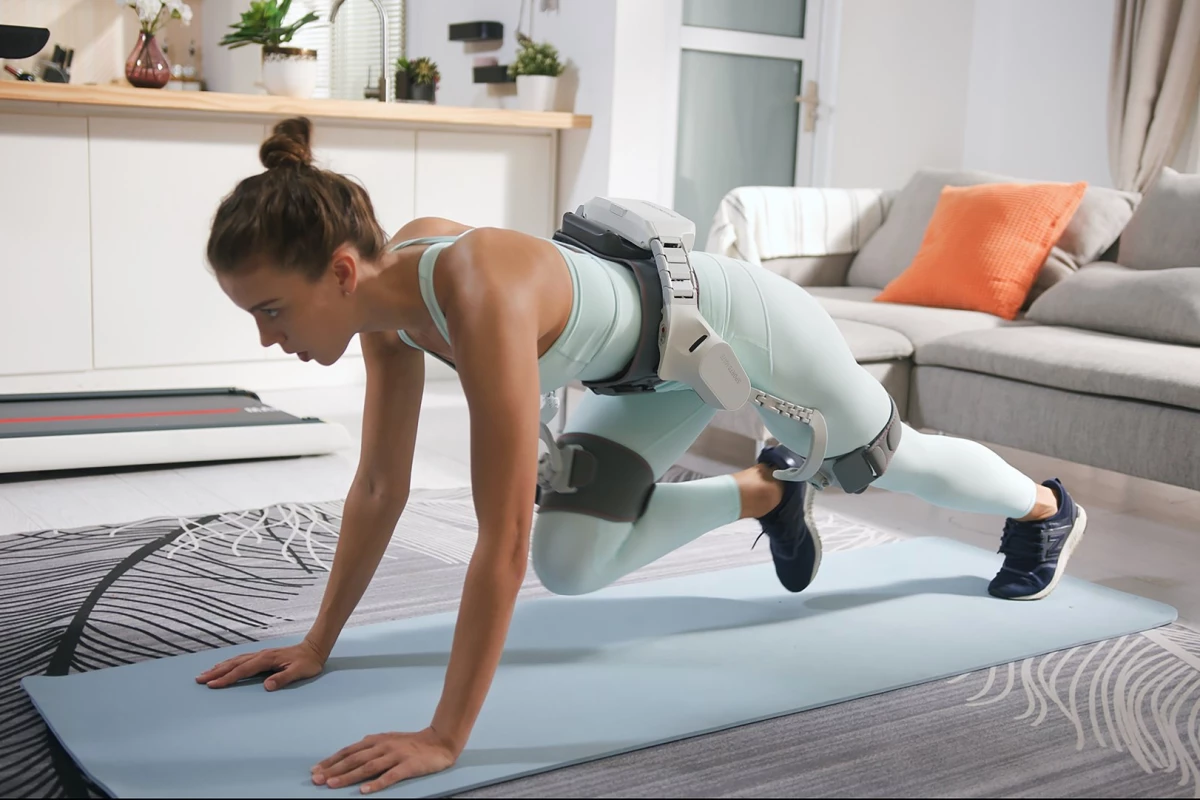While there are now several powered exoskeletons designed for use by specific groups, there are few if any that are aimed at the general public. Hong Kong-based Enhanced Robotics is out to change that, with its Sportsmate 5.
The device takes the form of a lower-body exoskeleton that is worn around the waist and around both thighs. An air bladder on the inside of its waist section gets electrically inflated to ensure a comfortable, snug fit. Putting it on is said to take about one minute.
Once the Sportsmate 5 is in place, it can be utilized in one of two ways.
If its user wants a little motorized help while hiking long distances (as an example), they press a button to select Assistance mode. Sensors in the exoskeleton then detect stepping movements initiated by the user, and instantaneously respond by triggering one of the device's two motors to draw the relevant leg up and push it forward. An AI-based algorithm goes on to learn the user's gait, to help things run smoothly – that said, the motors still won't try to move the legs if the user isn't already stepping forward.
The setup delivers up to 18 Nm (13.3 lb-ft) of torque in this mode.

On the other hand, if the user wants to get more of a workout while exercising, they select Resistance mode. The same motors that previously provided a boost will now generate up to 10 Nm (7.4 lb-ft) of resistance torque, making the wearer work harder to move their legs. Depending on the type of exercise being performed, the user can in turn choose between extension- and flexion-oriented resistance.
The rig is made of materials such as carbon-fiber-reinforced plastic and aerospace aluminum alloy, and reportedly tips the scales at 2.5 kg (5.5 lb). Runtime is claimed to be about three hours per charge in Assistance mode, with help from an energy-recovery system that tops up the 3,000-mAh/22.2V lithium battery.
Should you be interested, the Sportsmate 5 is presently the subject of a Kickstarter campaign. Assuming it reaches production, a pledge of US$899 will get you one – the planned retail price is $1,517.
It's demonstrated in the video below.
Sources: Kickstarter, Enhanced Robotics






